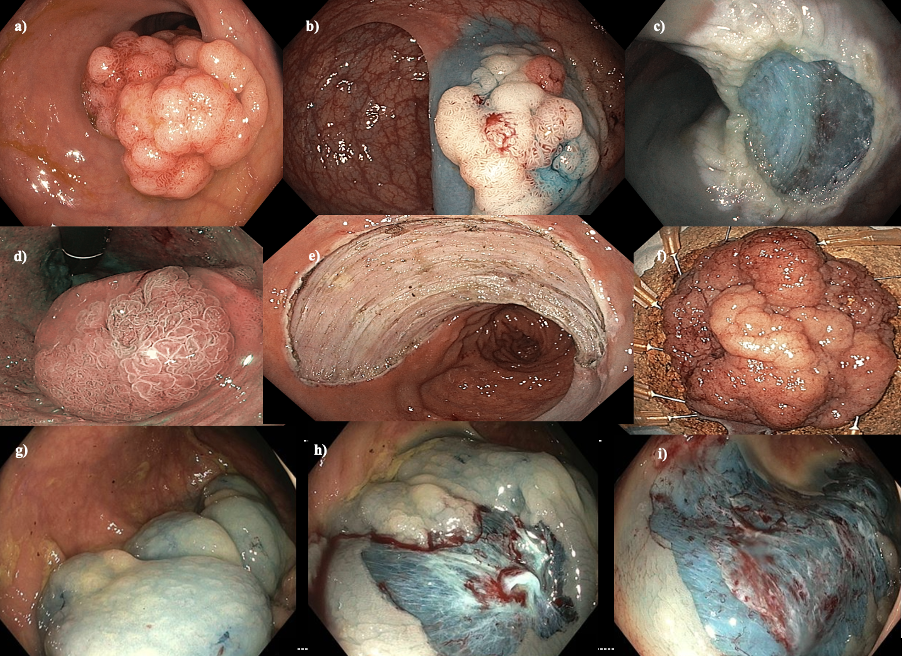Patients should always have a test to check if H Pylori eradication has been successful after treatment of H Pylori infection. The rare exception would be if the patients cannot come off PPI therapy after eradication – as this would likely give a false negative result for the testing.
Checking H.pylori eradication
1. When to Check: Eradication of H. pylori is typically confirmed at least 4 weeks after completing therapy. This is done to avoid false-negative results, as residual antibiotics or bismuth can suppress H. pylori.
2. Testing Methods: Non-invasive tests like the urea breath test (UBT) or stool antigen test are commonly used for this purpose.
Managing ongoing symptoms
1. Persistent Symptoms: If symptoms persist after the treatment and eradication of H. pylori are confirmed, it’s important to reassess the patient. Persistent symptoms likely reflect that the H Pylori infection was not the cause for the patients symptoms and may require further investigation or consultation with a gastroenterologist.
2. Endoscopy Indication: An endoscopy may be indicated in certain scenarios:
– If there’s a suspicion of complications or a pre-existing condition like peptic ulcer disease, gastric cancer, or gastrointestinal metaplasia.
– In patients with alarm symptoms such as unexplained weight loss, persistent vomiting, dysphagia, or evidence of gastrointestinal bleeding.
– If there is a high risk of gastric cancer, such as in patients with a family history or those with pre-existing conditions like atrophic gastritis or intestinal metaplasia.
Assessing Gastrointestinal Metaplasia
Endoscopic Surveillance: For patients with known incomplete gastric metaplasia, regular surveillance endoscopies might be recommended depending on the extent and severity of the metaplasia. The goal is to monitor for any progression towards dysplasia or gastric cancer.
Patient Education: Educating patients about the importance of reporting any persistent or worsening symptoms and adhering to follow-up schedules is vital.



